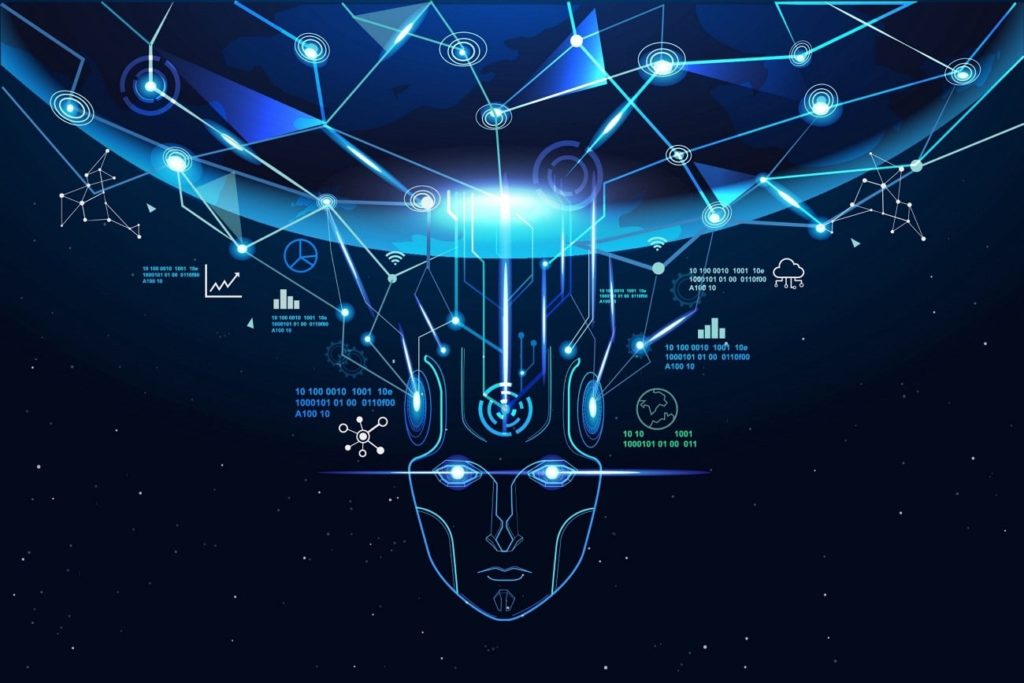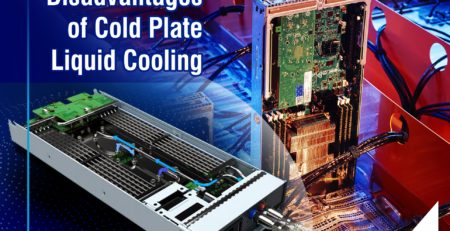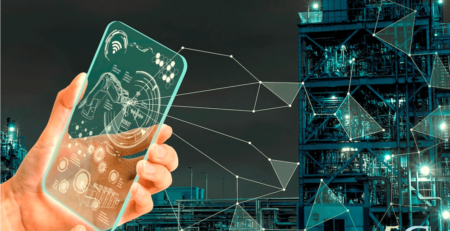Delivering AI and Machine Learning to the Edge

Artificial intelligence (AI) and Machine learning (ML) have made a place for themselves in the technology realm by demonstrating its potential to transform the way of life. AI and ML have swept into businesses across the globe, bringing advances in technology and giving businesses a competitive edge.
We are surrounded by AI, it unlocks our phones by facial and voice recognition, it does the navigation for our commute, it creates our shopping list with the help of intelligent devices, and it clears the spam from our email. Even without us realizing it makes our life convenient and easy every day. It works with IoT devices turning them into “intelligent devices” from “smart devices” allowing them to take multiple decisions and perform many functions.
However sending sensor data, video, and audio generated by them to the centralized data center and back is too slow for AI-based tools like “Hey Siri” and “OK Google”. To provide seamless user experience computing and processing models are being placed at the edge of the network, near the data sources where they run faster, cheaper and with great security. There is a clear trend for the future powered by the intelligent edge, which simply means AI and ML performing at the edge. It expands the set of connected devices and systems, that gather and analyze data closer to the end user and enable the customer to utilize a new class of distributed and connected applications.
AI and ML and its applications
Let us start by defining the two terms.
Artificial intelligence is defined as the intelligence displayed by machines, by performing tasks that would usually require human intelligence and Machine learning is the performance of a specific task by machines without explicit instructions and only based on the scientific study of algorithms and statistics. Machine learning is a part of Artificial intelligence. They are increasing allowing computers/machines/devices to predict our needs before we even know it.
AI and ML are all over the technology map making devices intelligent and convenient. The advances in AI have brought mere concepts to life like self-driving cars, active web search, and facial, speech, and image recognition. ML is the cornerstone for these systems to function. AI and ML functions are weaved in our everyday lives, from giving us traffic updates to telling us when we are running out of milk.
Self-driving cars need to make real-time decisions about the data being collected in real-time. A technology like this does not have the time to send data to a centralized data center for computing and processing purposes.
Smart cities are one more large scale use case scenarios of AI and ML. They deploy an abundance of traffic sensors, video surveillance cameras, and other monitoring devices and sensors throughout the city. This data is collected at multiple locations throughout the city and is required to be analyzed in real-time to keep the city functioning and for the smooth working of e-governance systems.
Every household now is home to multiple intelligent IoT devices and thus a lot of sensors, which need real-time processing for enhanced user experience.
All the real-time data processing is a call to the processing at the edge. These technologies can be utilized to its full potential only via edge computing. Unlike expensive data center-class system, edge computing can reside anywhere, a simple fact that breathes life into the very revolutionary- AI technology. The challenges for AI and ML data management are addressed by implementing edge computing systems, which will lower the functioning cost of AI. The new technologies based on AI and ML, which were cost –prohibitive, have become viable with the edge.
Why AI at the Edge?
The dexterity of computing data centrally is good, but it is just not enough. It does not overcome science, the weight of data and the speed of light. With smart devices giving way to intelligent devices, real-time processing has become an important prerequisite which is achieved with edge data centers.
The intelligent software making AI and ML possible depends on equally intelligent hardware. The AI enabled devices have the potential to support the power and capacity requirements of AI algorithms and edge data centers allow them to take real-time decisions locally without sending the data back and forth for computing and processing.
AI and ML can automatically identify a pattern and discern anomalies in the data generated by smart sensors and devices. The mighty combination of IoT with AI technology allows companies to avoid unplanned downtime, enhance risk management, and improve operating efficiency.
Edge computing and AI interact to strengthen the potential of IoT. Edge computing has already become a necessity in the most mission critical applications and with AI at the edge, it is home to all new possibilities.
References
https://www.datanami.com/2019/02/04/exploring-artificial-intelligence-at-the-edge/









Leave a Reply